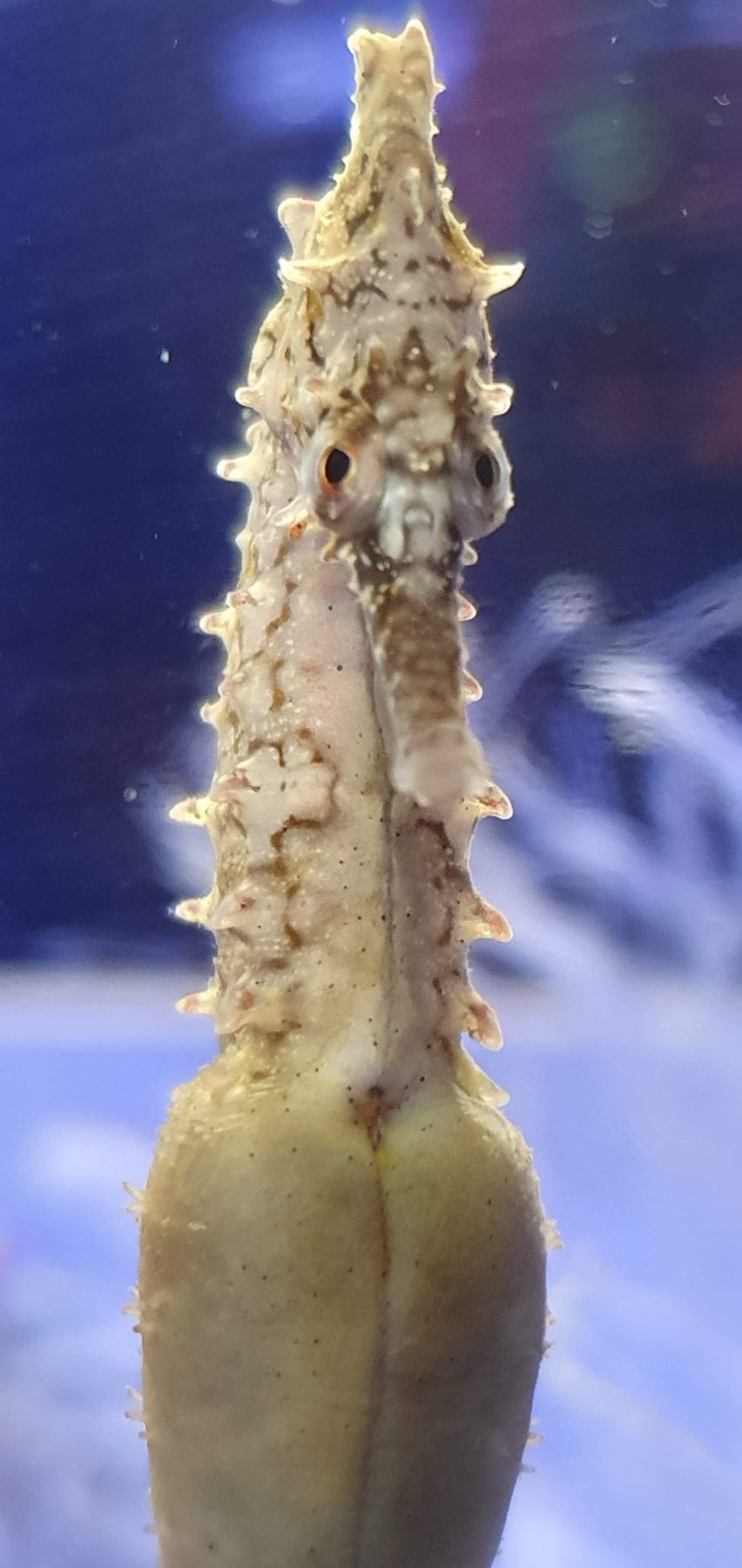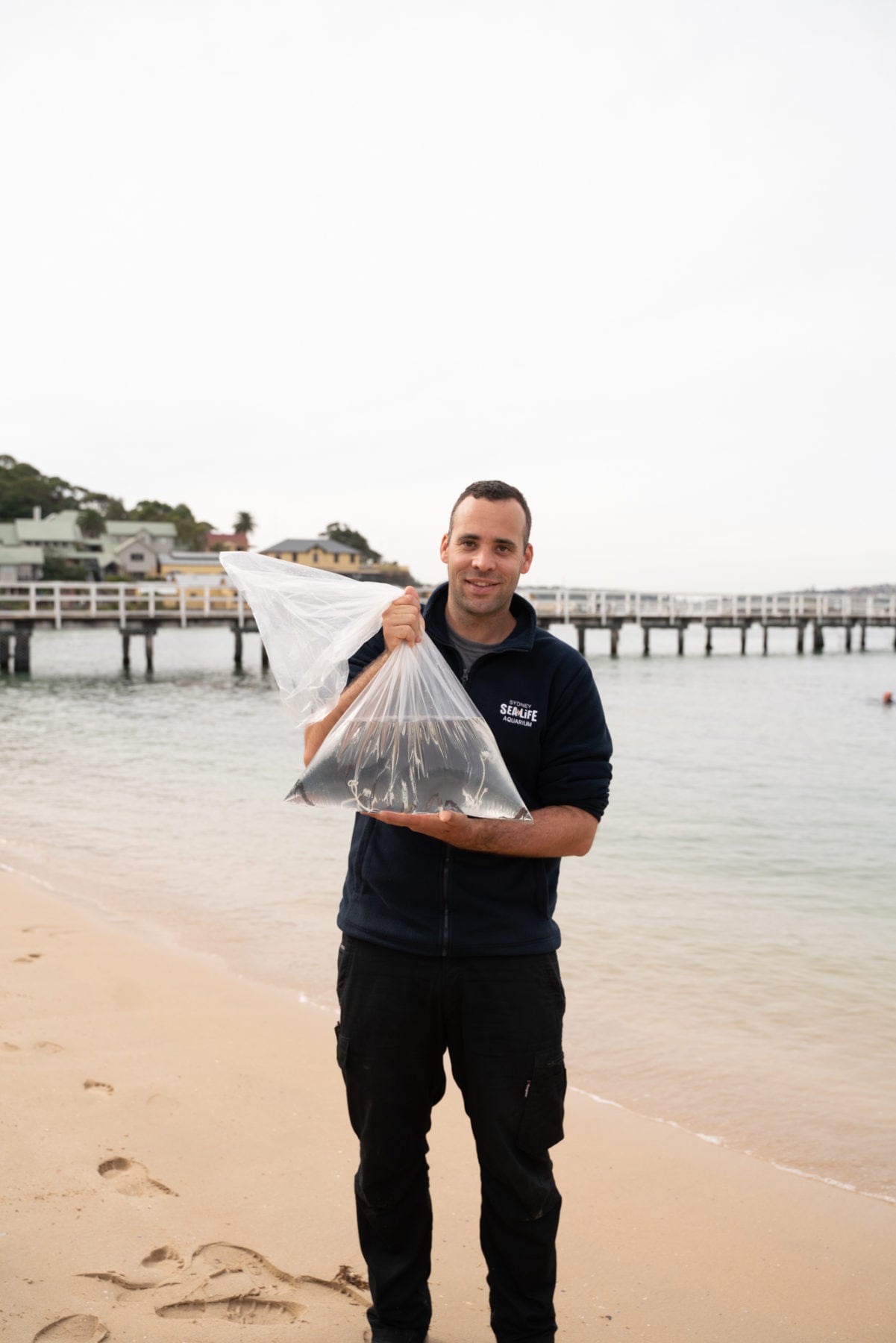Endangered Sydney seahorses released back into harbour

A GROUP OF White’s seahorses, affectionately known as Sydney seahorses, have been released back into Sydney Harbour following an intensive 10-month breeding program.
The Sydney seahorse is Australia’s only threatened seahorse species and only the second endangered seahorse species in the world.
Populations of the Sydney seahorse have declined over the years due to habitat loss and degradation in their harbour home, which has seen seagrass, sponge and soft coral all but disappear.

In October 2019, Sydney Aquarium worked closely with DPI Fisheries and UTS to collect breeding pairs from the harbour, which were then placed into a custom-built seahorse breeding facility at the aquarium.
After successfully breeding the seahorses, nine seahorse hotels, which have been found to be successful in attracting and protecting seahorses, were placed underwater in Clifton Gardens, Mosman.
Today, the seahorses were tagged and released into the seahorse hotels. The results from the release, scientists say, will inform the long term conservation and recovery of the species.
“… We have successfully bred dozens of White’s seahorses and to see these healthy, strong juveniles be released into the wild is an amazing milestone in such a critical project for the species,” says Sydney Aquarium’s seahorse expert Robbie McCracken.

“While all of the other stages have been important, today was definitely a highlight in the recovery program as we watched our seahorses settle into their new homes.”
David Harasti, a Senior Marine Scientist with DPI Fisheries who oversaw the release, says he and his team will be conducting regular diving surveys to monitor their growth, survival and breeding in the wild.




